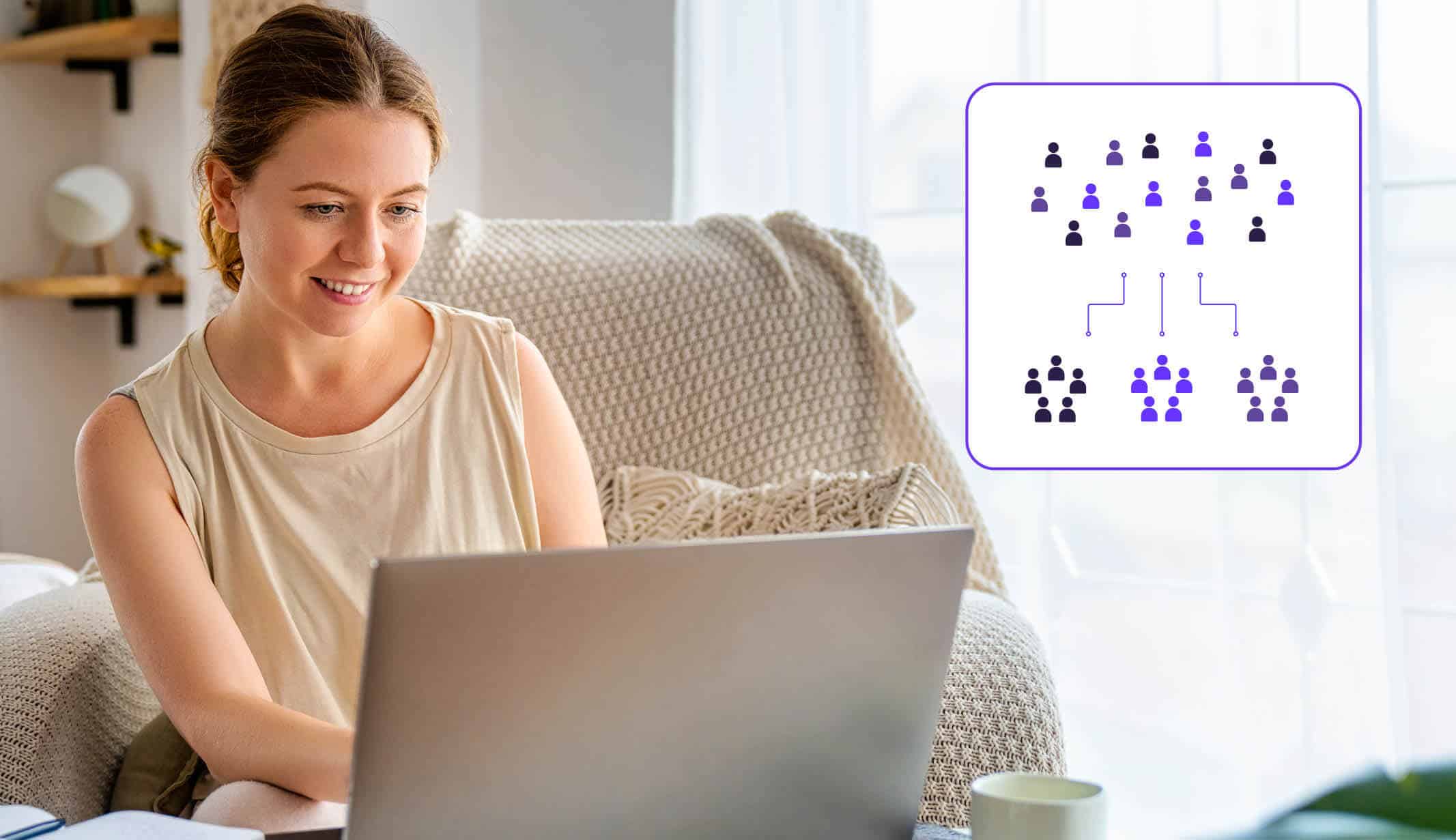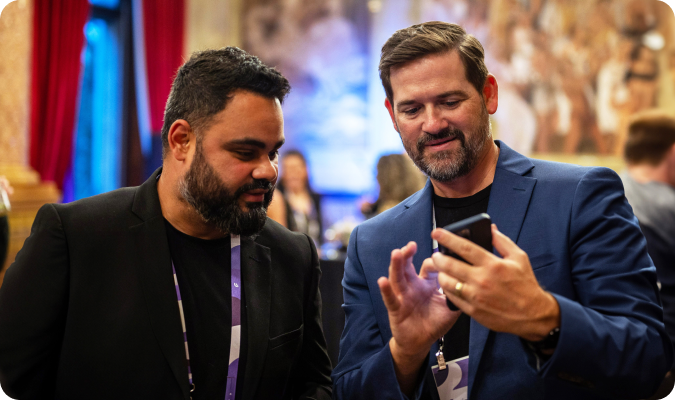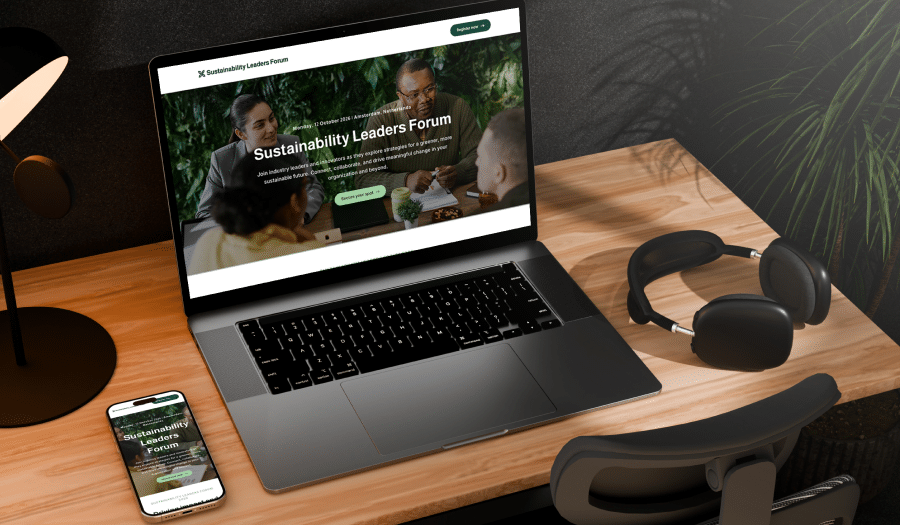
For products, services, marketing initiatives or events to be effective, it should appeal to the person it’s aimed at. Creating this appeal by personalizing your offers and messages will therefore provide an optimized experience. A simple technique known as audience segmentation can help with that. With correct segmentation, your event data will be even more effective.
The burning question for most event marketers is “How do I segment my audiences”? Surveys are an effective yet inexpensive way to unlock deep insights about your audience. You can use those insights to better target your audience’s needs and create messages that appeal to them.
In this article, we’ll take a look at how to create an effective survey for audience segmentation, how to analyze the survey results, and an email nurturing sequence you can use.
What is audience segmentation?
In its simplest form, audience segmentation (sometimes known as market segmentation) means to divide your total target audience into distinct groups. This could be based on a variety of factors, including demographics, needs, job title, organization type etc.
Why would you want to segment your audience? Because when you know what each group wants, you can personalize your offers and messages. You’ll always get the right information and message to the right group of people, at the right time and in the right place.
What are the benefits of audience segmentation?
Aside from the obvious benefits of “right message, right place, right time”, there are several other benefits associated with audience segmentation of your target market:
- create better, more personalized event experiences
- better targeting of your event marketing and advertising campaigns, which means better ROI
- personalization helps your audience feel understood and connected, which encourages repeat business.
How do you conduct audience segmentation?
Surveys and other data collection are the most obvious way to start your audience segmentation process. Once you have your data, there are two other stages – creating your segments, then developing nurture campaigns for each.
There are countless types of surveys. For example, a post event survey is used in a different way than an employee feedback survey. In this blog, we’ll focus on discovery surveys.
Create a discovery survey
Discovery surveys are short surveys used to better understand your audience’s problems and the outcome they hope to achieve. The results are used to develop your audience segments.
There are a few things to keep in mind about using discovery surveys:
- aim for 100 participants so you have a good sample size
- if survey takers aren’t representative of your target market, then the results you get will be skewed.
There are many questions you can ask in your discovery survey, but one is especially useful:
“What’s your biggest challenge when it comes to [insert problem you solve or outcome you deliver]?”
You can use many variations of this question, but make sure you phrase it to reveal the most pressing or inconvenient problem for your audience.
Here’s an example of a survey with that question:
“What’s your biggest challenge when it comes to generating leads at events (the more details the better)?”
It’s important to note that the average response rate for surveys sent to people outside your organization is 10% – 15%. Plan accordingly so you’ll be able to get at least 100 responses. With fewer responses, your audience segmentation efforts will yield skewed or incorrect data – and little benefit.
Segment your audience into major groups
After you have your quota of responses, you’ll want to analyze the data to recognize patterns in your audience. These insights help with audience segmentation and allow you to send targeted messages in line with their needs.
Look at the answers to the pre-event survey question discovery question and group similar ones together. These would then be the different segments of your audience.
For example, if the question was “what’s your biggest challenge related to digital marketing?”, the likely answers are:
- Learning how to use Facebook
- How to master Instagram or TikTok
- How to create blog content
- How to promote my content
- How to get my content higher in the search engines
- How to build high quality links
- How to use Twitter to drive traffic
- How to convert users on my website
- How to nurture leads
Though different, these answers can be categorised, labelled and added into a few large groups. Facebook, Instagram and TikTok can be grouped under social media. Creating and promoting content can be grouped under content marketing.
The first time you go through your responses, there may be over a dozen segments. That’s okay. Repeat the process and combine groups until you’ve narrowed it down to four that make up the majority of your audience.
These are your audience segments. Armed with these insights, you’ll be able to create useful products and send better messages to the right people.
Develop specific nurturing campaigns for each segment
An email nurturing campaign is a series of emails sent based on an audience member segment. It should deliver targeted and useful information designed to guide them through the process of performing your desired actions.
Create an email nurturing sequence for each segment you had identified in previous steps. Each email should offer the audience segmented something valuable to them, e.g.:
- interesting information
- specific ways your events will solve their problem
- behind the scenes access to the experience you’re designing for them.
The aim is to secure revenue while also delivering value and building trust.
It should be two to three emails, minimum. It also depends on your audience segment, how complicated your messages are and your desired outcomes.
If you’re promoting a low-cost event, then you may be able to share all the necessary information in a few emails. If the event is thousands of dollars, then a more in-depth nurturing sequence will be necessary.
Here’s a rough timeline for email frequency:
- Email 1: immediately
- Email 2: wait 1 day
- Email 3: wait 1 day
- Email 4: wait 2 days
- Email 5: wait 3 days
- Subsequent emails: wait 3 – 7 days between emails
These are rules of thumb. The most important thing is to create content that appeals to specific audience segments and test everything else over time.
Conclusion
Audience insights through rigorous segmentation are important for every aspect of your event. With them, you’re able to increase revenue and customer satisfaction. Without them, you’re fumbling in the dark.
There are a lot of methods to unlock how to segment audiences, but the fastest way to get up and running is with a survey.
Set up discovery surveys which ask the key question(s), then analyze the results to uncover your best audience segments. Once you’ve finished, create email nurturing sequences tailored to each individual segment.
Over time, you’ll see better audience engagement and revenue.
How can our event technology solutions help with audience segmentation?
At EventsAir, we understand the importance of selecting the right event technology partner – someone who can help turn your valuable data into information gold, and improve the overall experience for your attendees.
Luckily, EventsAir gives you the power to efficiently search your records and apply various filters, so you can easily segment individuals or groups based on almost any criteria. For example, you may want to delight your Early Bird registrants with exclusive content, or invite Government professionals to a pre-event educational webinar – this is all effortlessly achievable.
We have one simple mission: to help event planners deliver the WOW in their events with the world’s most powerful event management technology. We’ve delivered some of the world’s biggest events, and we’d love to help you too.
Reach out to request a demo, and one of our team members will be in touch shortly.
Event Data & Analytics | Event Marketing
See EventsAir in action
Discover why 12,000+ event professionals trust EventsAir to deliver effortless events, every time.




